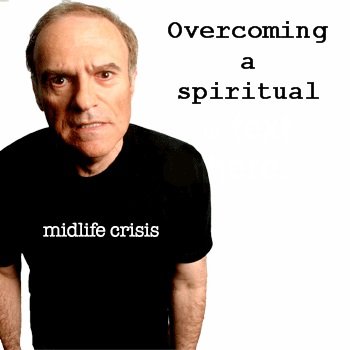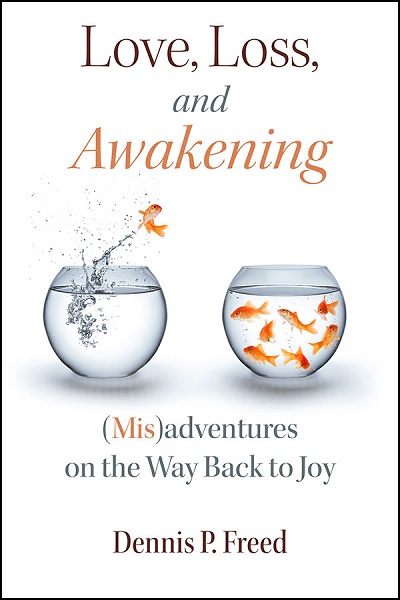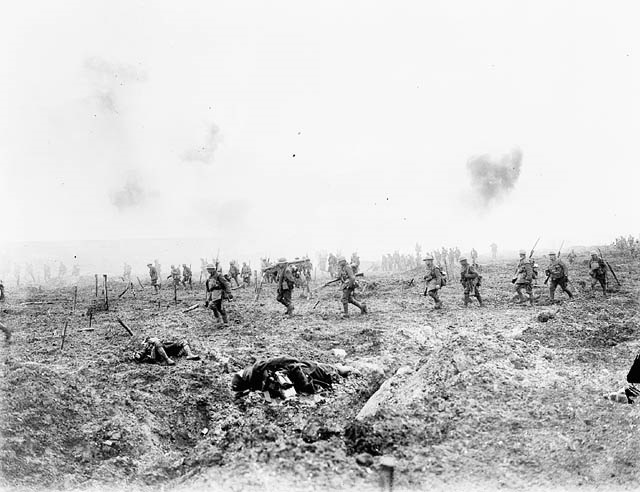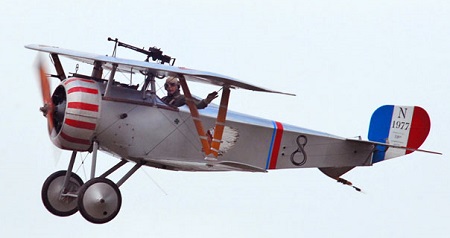He had no idea his life would change so significantly……For 31 years, Dennis and Hope Freed had a fulfilling marriage. They raised a family, built a home, and shared their dreams with one another and their two sons.
 Then Hope got cancer, and their lives changed drastically overnight. She fought a long brave battle, and went through over 250 chemotherapy treatments, but on April 7, 2012, on an evening that heralded Passover in the United States and Easter in Israel, she died.
Then Hope got cancer, and their lives changed drastically overnight. She fought a long brave battle, and went through over 250 chemotherapy treatments, but on April 7, 2012, on an evening that heralded Passover in the United States and Easter in Israel, she died.
Dennis Freed’s beloved wife and best-trusted friend had gone, leaving him alone to figure out a future he’d never imagined. For the first year, he sorted through what society expected of a long-term caregiver and widower. Eventually, Dennis emerged from mourning, his heart ready for life’s next chapter. Is there love after marriage?
In Love, Loss and Awakening, Dennis Freed tells the story of how he began to go out with women again. He shares the reality of dating at age 50-plus—how he endured the awkward and hilarious encounters and embarrassments a man experiences when he hasn’t been on a date with a new woman for decades. Dennis’s book chronicles how one finds love after the death of a spouse. He describes his courageous and uplifting journey through sorrow, his search for new love, and his rediscovery of love and happiness.
Drawing upon the wisdom and personal experiences he acquired dating middle-aged women in all the wrong places, Freed takes the mystery out of the many lessons he learned. Dennis found out that as a widow or widower you can find love again, but it’s a difficult road. Love isn’t unique to the person you loved first. That love never fades, but your heart has room for more. You can get love back in your life. Your new love becomes a special love in its own right.
Here are just a few of the valuable insights:
Hole Heart/ Whole Heart
When you lose your best, most trusted friend, the hardships just begin. You are now alone. Your whole heart collapses to half its size. It transforms into a Hole Heart. The process of resurrecting it to wholeness is like Lego construction, built one little brick at a time. At first, bricks of varying shapes and sizes are sorted through and meticulously placed. Slowly they assume the weight and shape of your newly imagined Whole Heart.
Learn How to Be Physical, Affectionate, and Intimate
You spent thirty-plus years kissing no one but your spouse. If you spend your time worrying about the “what if” instead of enjoying the right now, it will rob you of your joy today. Sometimes you just have to learn something new, like all the kissing pleasures one never experienced. It’s not such a bad idea. Understand that it takes time and practice, and that each person you meet is unique. You’ll make hurtful intimacy mistakes just like a teenager. You’ll make stupid and inconsiderate mistakes. It’s a fact. Practice and learn so that when the right person comes along, you’ll be ready.
A Hundred Bottles of Beer on the Wall
You are going to date a lot of people. It is okay to be sad, mad, depressed, empty, lost after a date that isn’t perfect. Embrace the journey! Feel! Live it! Then get on to the next one so your failures don’t consume you. Have fun searching. Let your dating escapades become the target of jokes for your friends. Entertain them with style!
 Love, Loss and Awakening
Love, Loss and Awakening
Dennis P. Freed
List $ 12.95US
88 pages, trade softcover, also available in ebook version
ISBN 978-0-9971916-1-5
Tolawaken Press
The death of a loved one is devastating, and can leave us questioning our new path. Will I ever want to find love again, and if so, how do I find it? What’s appropriate behavior for a widowed fifty-four-year-old? Should I explore dating sites? Meet women in bars? Rely on introductions from friends? The questions far outnumber the answers. In Love, Loss and Awakening, Dennis Freed shares his experiences and his journey to new love and the rediscovery of happiness.
For more information, visit www.LoveLossandAwakening.com
About the Author
Dennis P. Freed is a native of Brooklyn, New York, and, from age three, grew up in Oceanside, Long Island, where he later raised his family. He earned a BS in Civil Engineering at the University of Rhode Island. After a stint as a structural engineer, he entered the Construction Management and Development profession in New York City, where he has led teams to construct and develop more than sixty-five buildings. Also an associate professor at Pratt University in New York, he teaches Construction Management to architecture students.

What People Are Saying
“Love, Loss, and Awakening is an engaging story of how one man bounces back after losing the love of his life. It is an ode to the power of being in relationship, especially when faced with incredibly difficult and heartbreaking loss. And it is with much humor that Dennis Freed takes the reader on a journey to find what we are all looking for to be joyous and fulfilled in relationship.”
—Harville Hendrix, Ph.D., and Helen LaKelly Hunt, Ph.D., Creators of Imago Therapy and authors of Getting the Love You Want
“This is a story of digging deep after loss, finding that being with another is worth the risk, and staying open to lessons both human and Divine. At times an excruciating memoir of living with cancer, at others, a combination of ‘How To’ and, more useful, ‘How NOT To’ of middle-aged dating. Those who have loved deeply will be reminded of what they have or have lost; for others, it’s the promise of how good a relationship can be. The book has a happy ending, yet acknowledges that seeking love must always include a willingness to lose again.”
—Cynthia Wall, LCSW, author of The Courage to Trust: A Guide to Building Deep and Lasting Relationships
“Get ready to cry, laugh, cringe, and howl with wonder and delight as you go through Dennis Freed’s amazing experiences after the loss of his wife. He offers heartfelt real-life insights on how to cope with the despair and overcome the pain so you can face the world and find love and happiness anew.”
—Paul J. Krupin, author of Words People Love to Hear Simple Verbal Recipes for Making the People Around You Feel Good


